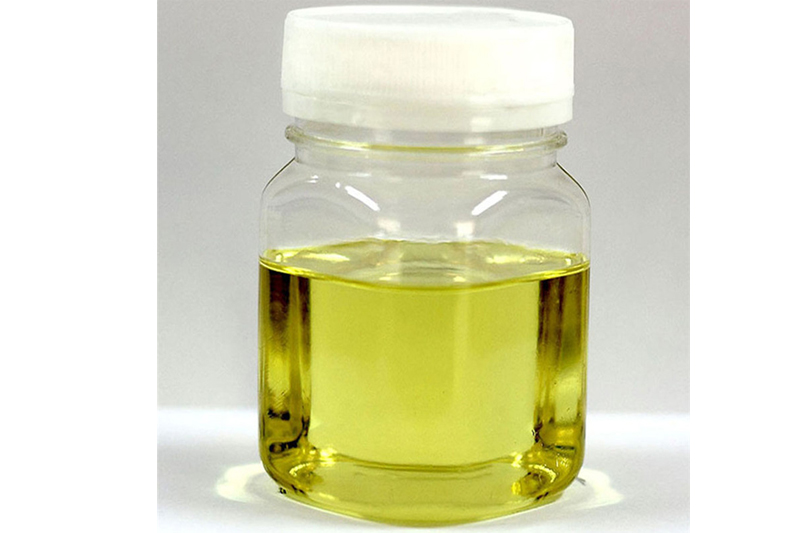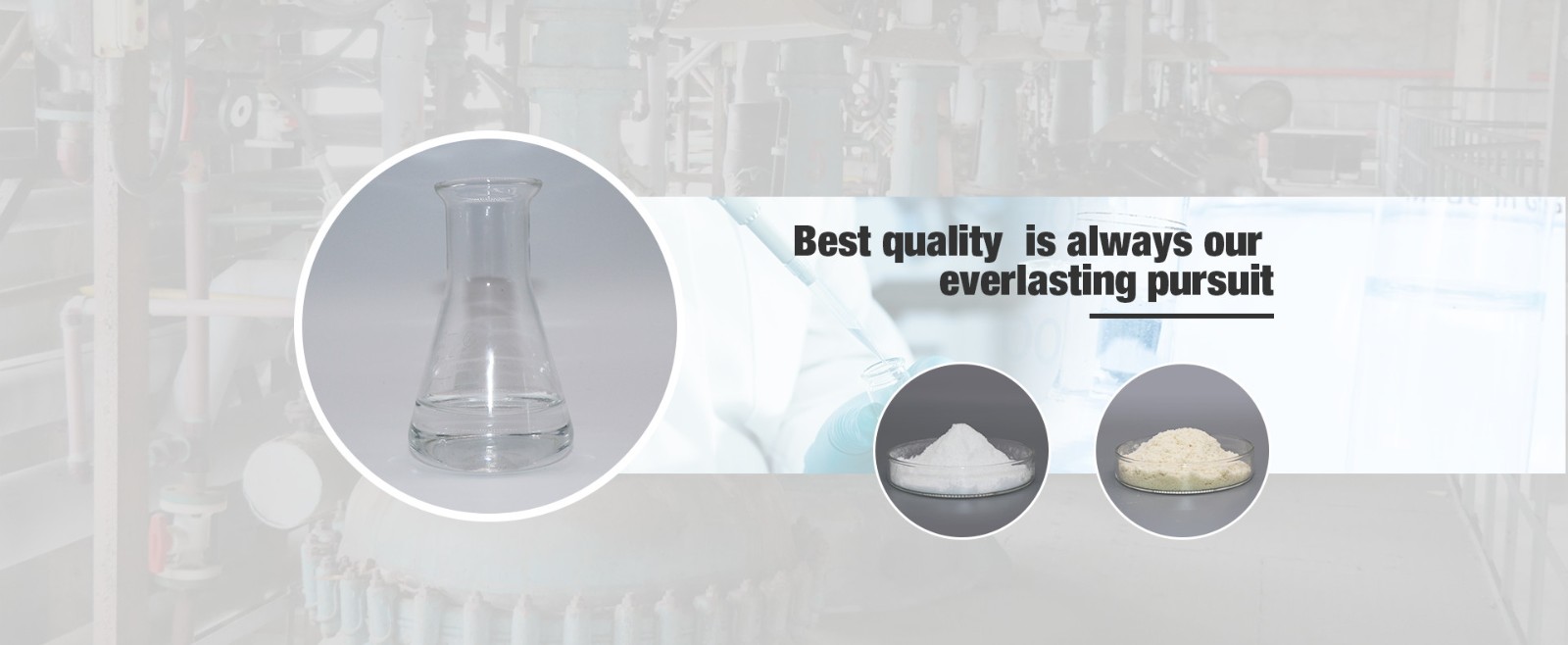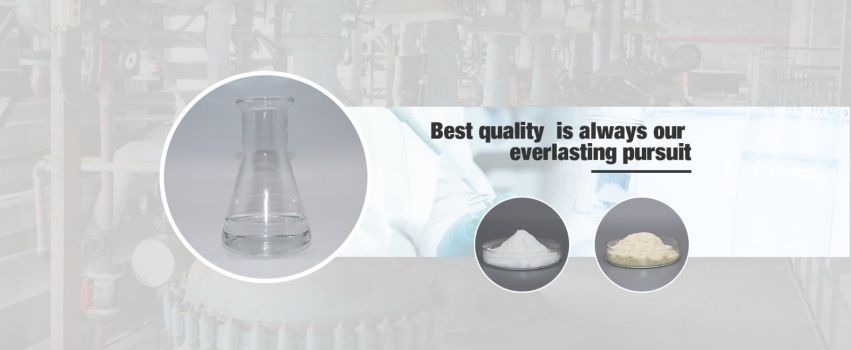What Do You Know about Phenol?
Sep. 08, 2022
Phenol is an organic compound, colorless needle-like crystals with a special odor, which will partially oxidize and appear pink after prolonged exposure to air. Phenol is commonly known as carbonic acid, but the acidity is very weak, can not make the litmus solution turn red. Phenol is combustible and can be extinguished with common extinguishing agents such as water, dry powder, and carbon dioxide. Phenol is slightly soluble in water at room temperature and is mutually soluble in water when the temperature is above 65℃.
1. Who discovered phenol?
Phenol was discovered in coal tar by German chemist Runge F in 1834, hence the name Carbolic acid. The famous British physician, Dr. Rist, is credited with making phenol's first claim to fame. Leicester found that most post-operative deaths of his patients were due to infected wounds. Occasionally, a dilute solution of phenol was used to spray surgical instruments and the surgeon's hands, resulting in a dramatic reduction in patient infections. This discovery made phenol a powerful surgical disinfectant. Rist is also known as the "Father of Surgical Disinfection".
2. Phenol Preparation Method
Phenol was first recovered from coal tar, and now most of it is synthesized. By the mid-1960s, the technical route of producing phenol and acetone by the isopropyl benzene method was started, which has developed to account for half of the world's phenol production, and the phenol produced by this process now accounts for more than 90% of the world's phenol production. Other production processes include toluene chlorination, chlorobenzene, and sulfonation. China's production methods are the isopropyl benzene method and sulfonation method. Because the sulfonation process consumes a lot of sulfuric acids and caustic soda, only a few sulfonation units will be kept in China, and the isopropyl benzene method will be used gradually.

3.Application of Phenol
Phenol is an important raw material for the industrial production of certain resins, fragrances, paints, antiseptics, preservatives, and pharmaceuticals (e.g., aspirin). It is also used to disinfect surgical instruments and excrement disposal, to sterilize the skin, to relieve itching, and to treat otitis media. Dilute solutions of phenol can be used directly as antiseptics and disinfectants, such as daily soaps mixed with small amounts of phenol.
4.Effects of Phenol on the Human Body
Phenol is a common antiseptic used in hospitals and is oxidized to pink benzoquinone in the air. Benzoquinone is volatile in the air and has an average decay period of five days, so phenol will continue to degrade when exposed to the environment. Low concentrations of phenol do not cause harm to humans, and short-term presence in the air has no effect on humans. However, prolonged inhalation of high concentrations of phenol gas can cause headaches, dizziness, fatigue, blurred vision, and pulmonary edema, so avoid staying near areas of high concentrations if possible.
5. What should we do if we come into direct contact with phenol?
Skin contact: Phenol is corrosive to human skin, so if you come into direct contact with phenol on the skin, wash immediately with alcohol or rinse with plenty of water.
Eye contact: Lift eyelids and rinse thoroughly with plenty of running water or saline for at least 15 minutes.
In case of accidental ingestion: give 15-30mL of vegetable oil immediately, induce vomiting, and seek medical attention.
Previous: What Do You Know about Picramic Acid?
-

Qinmu's CPHI China 2025 Exhibition Ends Perfect
Jul. 01, 2025
-

CPHI & PMEC China (Shanghai) 2025 --- we are coming!
Mar. 14, 2025




















